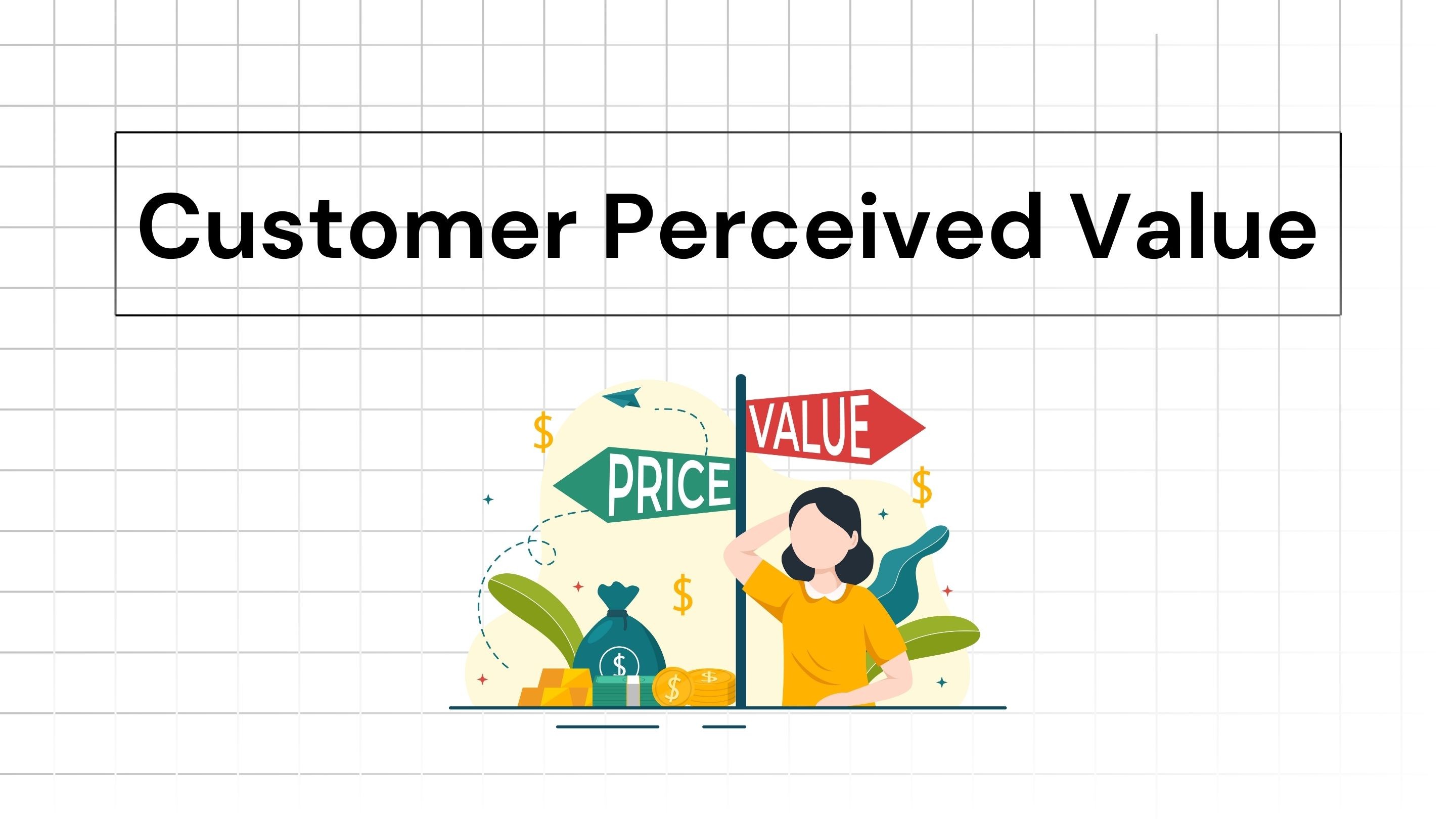
Iterate AI
Jan 27, 2025
How do your customers think of your company is your brand value. How they assess you in terms of value, that is, against what they pay is the Customer Perceived Value (CPV). In this blog. let's look at how product managers can enhance CPV for their customers.
What is Customer Perceived Value?
Customer perceived value is the customer’s assessment of a product’s benefits relative to its costs. These benefits and costs aren’t limited to monetary terms—they also include emotional, functional, and social aspects. In simple terms, it’s the customer’s judgment about whether a product or service is worth it.
The formula for CPV can be expressed as:
CPV = Perceived Benefits - Perceived Costs
Perceived Benefits: Features, usability, brand reputation, emotional satisfaction, etc.
Perceived Costs: Price, time, effort, and opportunity costs.
Why Does CPV Matter for Product Managers?
Guides product development: By understanding what customers value most, product managers can prioritize features and enhancements that directly impact customer satisfaction.
Drives customer loyalty: A high CPV ensures that customers feel they’re getting more than they’re giving up, which fosters trust and loyalty.
Improves competitive positioning: A product that delivers greater perceived value than competitors’ offerings becomes the obvious choice for customers.
Maximizes revenue and retention: When customers perceive high value, they’re more willing to pay premium prices and stick with the product long-term.
Components of Customer Perceived Value
1. Functional value
You are answering “How well does my product perform its intended purpose for your customers?” You answer that with the core functionality and performance of the product in terms of ease of use, reliability, and overall effectiveness.
For example, a photo editing app's functional value lies in its ability to edit photos, apply filters, adjust settings, and share images seamlessly. Apple doesn’t just sell devices; it sells innovation, exclusivity, and seamless integration across its ecosystem. Customers perceive high value, allowing Apple to charge premium prices.
Companies can enhance the functional value of their apps by fixing bugs and offering multiple formats to download in.
2. Emotional value
What do your customer feel about your product and is it positive? It includes positive emotions such as joy, delight, trust, satisfaction, and a sense of accomplishment.
For example a music streaming app may evoke feelings of joy, and excitement through its personalized playlists and music recommendations. Nestle Maggi noodles communicates nostalgia through their campaigns and that’s the emotion they evoke. Customers share their memories with Nestle Maggi and think of it a trustable brand irrespective of it going through quality backlash.
Companies can enhance emotional value by offering a sense of community among users or trust with compliance and consistent communication.
3. Social value
Does the product enhance the customer’s social standing or allow them to connect with others? Perceived social benefits includes the how the product puts them in a social status, the ability to connect with others, and the feeling of belonging to a community.
For example, social media apps derive their social value from enabling users to connect with friends, family, and like-minded individuals, share experiences, and build relationships.
You can create a social value by facilitating social interactions, creating shareable content, and building online communities within their apps.
4. Economic value
Is the product cost-effective compared to alternatives? The monetary and cost-saving benefits that a product app includes factors such as affordability, cost-effectiveness, and the ability to save time or reduce other costs.
For example, a productivity app provides economic value by automating tasks, streamlining workflows, and increasing overall productivity.
Companies can bring the economic value by offering competitive pricing, demonstrating cost savings, and highlighting the long-term return on investment of their app.
How Product Managers Can Enhance CPV
Here are a few things to consider:
Deep customer understanding: Conduct customer research to identify their pain points, desires, and expectations. Tools like surveys, focus groups, and user interviews can uncover the factors that drive perceived value for your target audience.
Prioritize the right features: Not all features contribute equally to CPV. Use frameworks like the Kano Model to identify which features delight customers versus which are simply expected.
Optimize pricing strategies: Pricing isn’t just about cost; it’s about perception. Experiment with pricing models—freemium, tiered, or value-based pricing—to align with what customers perceive as fair and valuable.
Enhance the customer experience: Every touchpoint matters. From onboarding to customer support, ensure that every interaction adds to the customer’s perception of value. Personalization and proactive support can be game-changers.
Leverage storytelling and branding: Emotional and social values are often tied to how a product is perceived in the market. Build a brand story that resonates with your target audience, highlighting the benefits they care about most.
Measure and iterate: Continuously collect feedback to understand how customers perceive your product. Use tools like Net Promoter Score (NPS) and Customer Satisfaction (CSAT) surveys to track changes in CPV over time.
Track your customer behaviour and increase value with Iterate AI
To do anything regarding your customer perceived value, you need to understand customer behaviour with strong product analytics.
To set up analytics, why wait for your developers to write the code when you can do it yourself? You can use Iterate AI to plan events and get AI-written accurate event code that your developers can approve. This way you lessen dependency and set up analytics much faster. The best part is you automate it so you can scale it for your future feature release as well. Learn more in our demo
